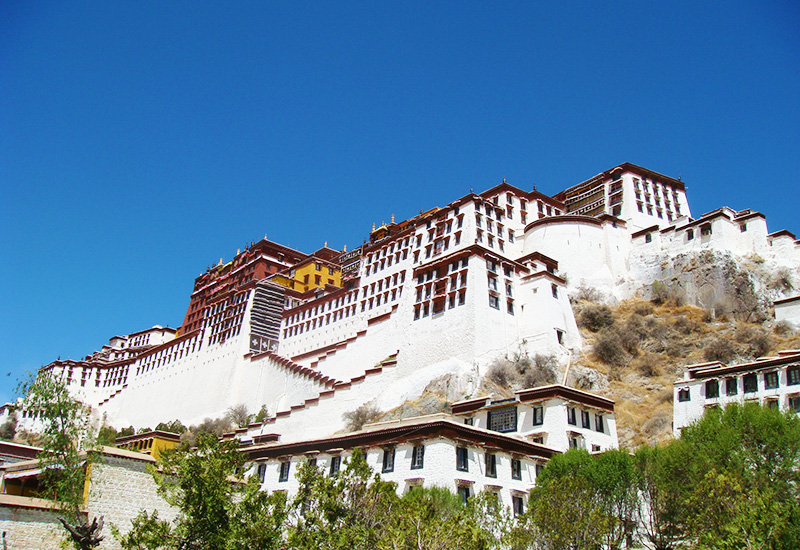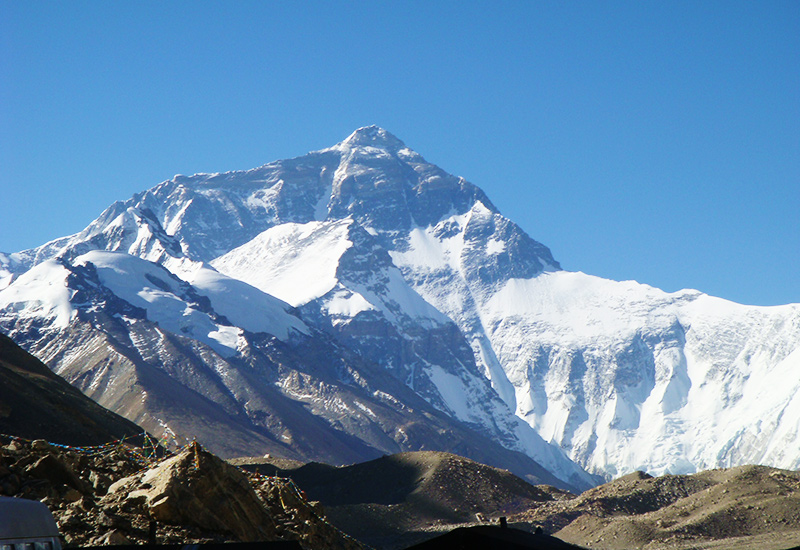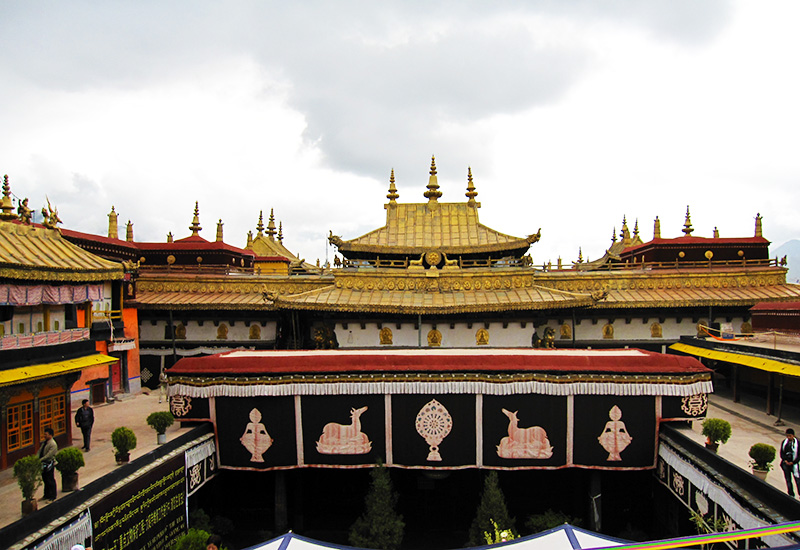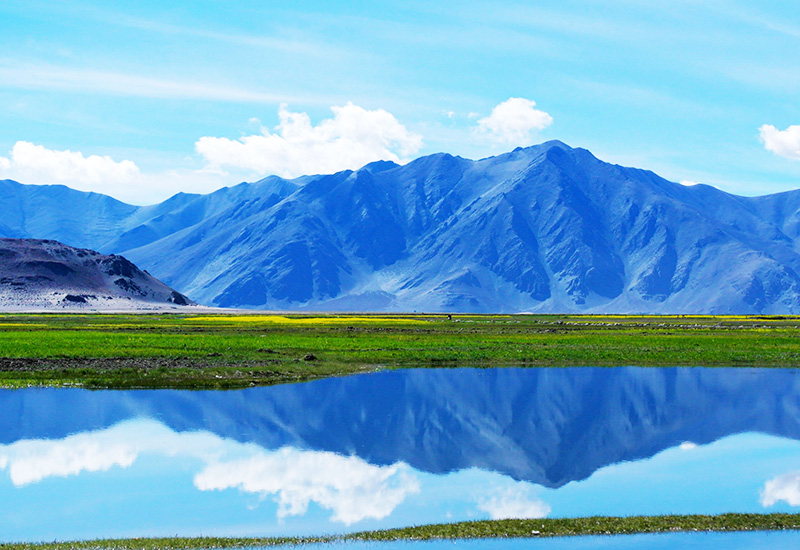How to Prevent Altitude Sickness in Tibet
A trip to Tibet can be one of the most life-changing experiences you can have, whether it is trekking Mt. Everest, marveling at the turquoise lakes, visiting the mysterious monasteries, or meeting one of the world's most likable people. Yet traveling the "roof of the world" is not easy and one of the greatest challenges you might face is altitude sickness.
The good news is that there are things we can do to prevent or at least minimize it. This post helps you understand what altitude sickness is, why it occurs, and ways to prevent it so that you will be less troubled and have more time to focus on exploring the incredible Tibet.

The majestic Potala Palace in Tibet
What is altitude sickness?
Altitude sickness, also known as acute mountain sickness (AMS), is similar to a hangover and is believed to be caused by low atmospheric pressure. It generally occurs at the elevation above 2,500 meters (8,202 feet) though some people may feel slightly breathless even at 1,500 meters ( 4,921 feet) above sea level. However physically fit we are, we will feel some sort of sickness when going up to high elevations. With an average altitude of 4,500 meters (14,764 feet), Tibet is a destination where many tourists would expect some symptoms of AMS when traveling from lower elevation areas.

The stunning Mt Everest
Why would we have altitude sickness?
We all know that the higher the sea level, the lower the oxygen level and air pressure. The air pressure in the Everest Base Camp 5,380 meters (17,600 feet), for instance, is about half of that at sea level. The oxygen level is also much lower. So when we travel to higher elevations too fast, whether it is by plane, driving, or trekking, our body will not be able to get accustomed to the decreased oxygen and air pressure in a short period, thus causing altitude sickness.
What are the typical symptoms of altitude sickness?
Depending on the severity, various symptoms of altitude sickness may occur. Mild symptoms include difficulty in breathing, dizziness, headache, muscle pain, trouble sleeping, nausea and vomiting, lack of appetite, irritability, and rapid heartbeat. They usually arise during the first day of arrival at altitude and may last from a few hours to several days before they disappear. For more severe altitude sickness, people can experience coughing, chest congestion, lack of coordination, confusion, and unconsciousness. Immediate medical aid is needed when this happens.
Mild symptoms can get more serious often without notice and may be life-threatening. Therefore, travelers should never take it lightly however mild it is, and should look after each other because one might not be able to tell the symptoms when experiencing them. Another thing worth mentioning is that serious symptoms can sometimes appear without warning.
Tips to prevent altitude sickness
Before you go
It's best to have a thorough medical examination and consult with your doctor about whether it's safe for you to travel to Tibet. People with cardiovascular disease should think twice about going to Tibet.
Prepare medications for altitude sickness. Seek advice from your doctor on what medications you should take when experiencing AMS. You might consider bringing Diamox which has been well-tested to be effective for prevention and treatment.
Do regular exercise and stay healthy months before the trip. Try not to get a cold which may increase your likelihood of altitude sickness. Build strong legs by walking, running, and swimming if you planning to do altitude trekking.
Buy proper travel insurance. However good your planning and however physically strong you are, accidents could happen, whether it is an injury or other sicknesses. You'll get peace of mind spending the extra dollar on save travel.
When in Tibet
To prevent altitude sickness during traveling in Tibet, you should:
Refrain from strenuous activities like running or jumping even if you get extremely excited upon your arrival in Lhasa.
Spend two to three nights in Lhasa if you fly directly there from low elevation areas. This is enough for you to adjust to the new altitude.

Jokhang Temple in Lhasa is worth a visit during your acclimatization to the elevation
Climb slowly. It is unwise to rush to high elevations, which give your body little time to acclimatize. Thus you should leave two or three days for breaks at each increase of 1000 meters (3,280 feet). Going up too fast will only make you more vulnerable to altitude sickness. Descend to a lower elevation if you feel very uncomfortable.
Sleep low. You'll get lower oxygen levels in your blood when sleeping at a higher altitude. So if possible, choose to spend the day in a higher elevation and return to a low elevation place for the night. For example, you can book your accommodation 1,000 meters lower than the mountain you'll be exploring during the day. In addition, remember to increase your sleeping altitude to no more than 500 meters (1500 feet) per night.
Eat carbs. At usual times, our body doesn't require extra carbohydrates, but when in high elevations, we do need to take in extra calories. So bring some healthy snacks with you, such as whole grains.

A lovely lake on the Tibet Plateau
Keep hydrated. As it can be rather dry at altitude, drinking water regularly to keep your body hydrated is important to prevent altitude sickness.
Avoid alcoholic drinks and cigarettes which will make you more susceptible to altitude sickness.
Found this post helpful? Then share it with your friends on social media. For a custom Tibet trip plan, feel free to contact one of our travel specialists for help.
What Our Clients Say
"Great Customized Service", "Trip of A Lifetime", "Exceed All Expectations"

